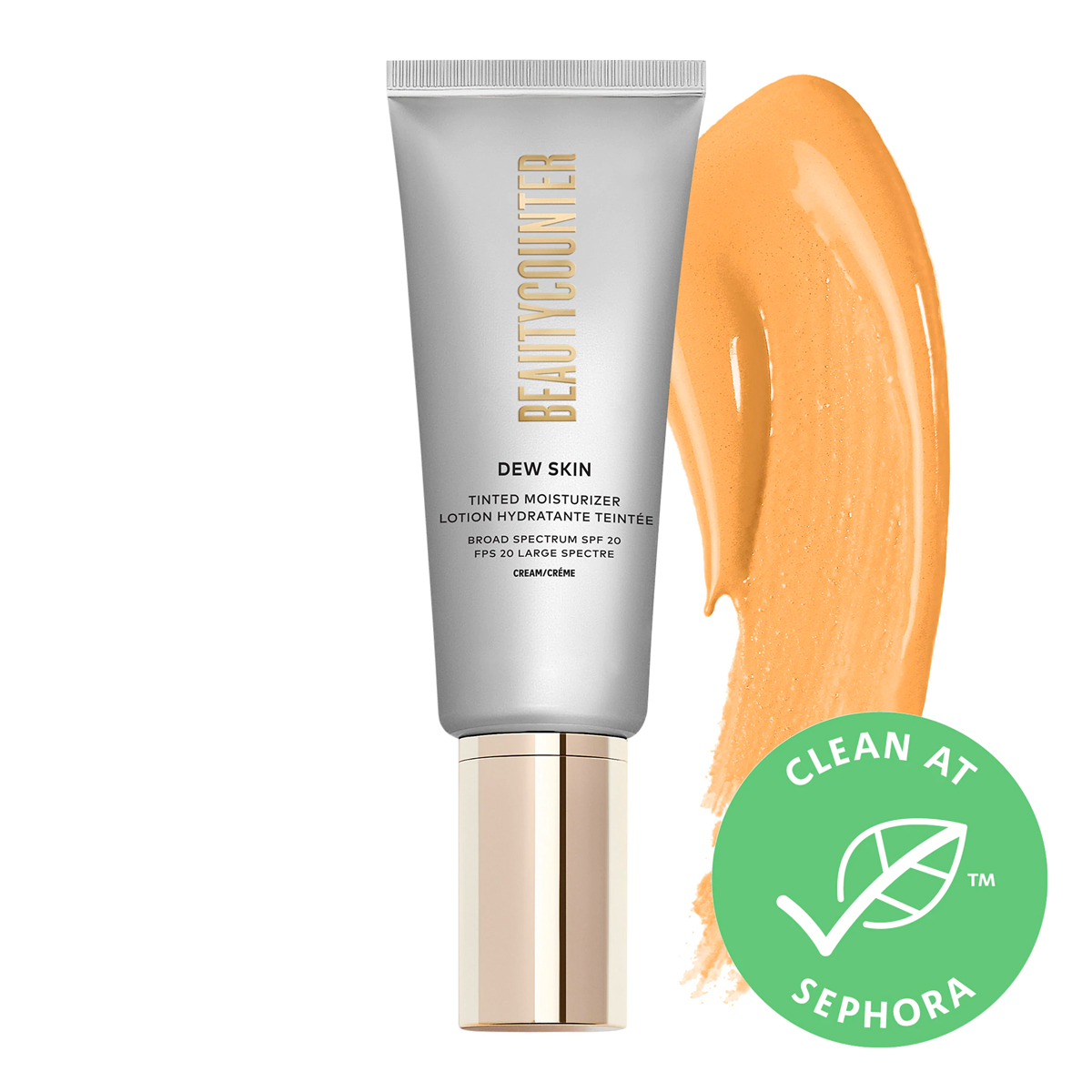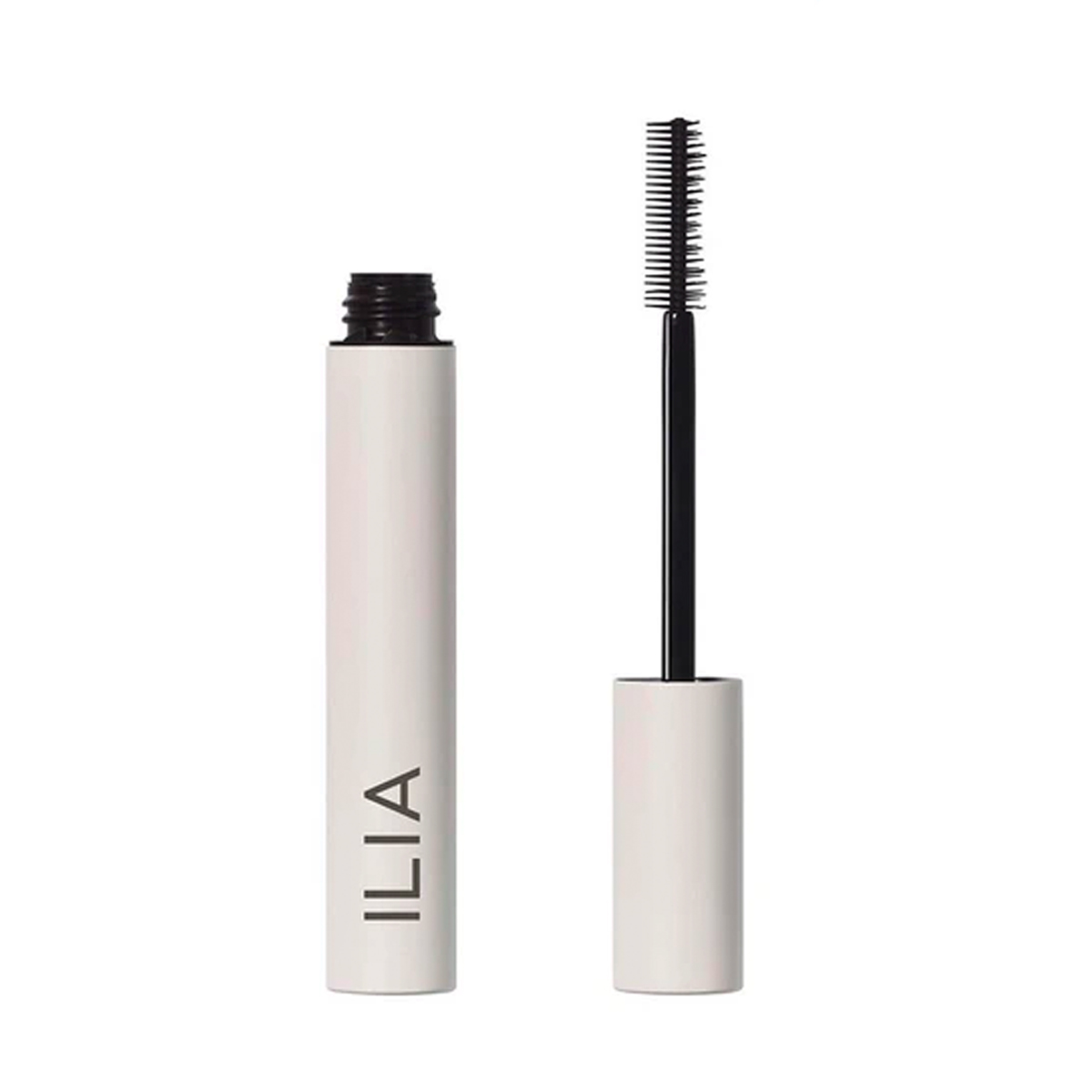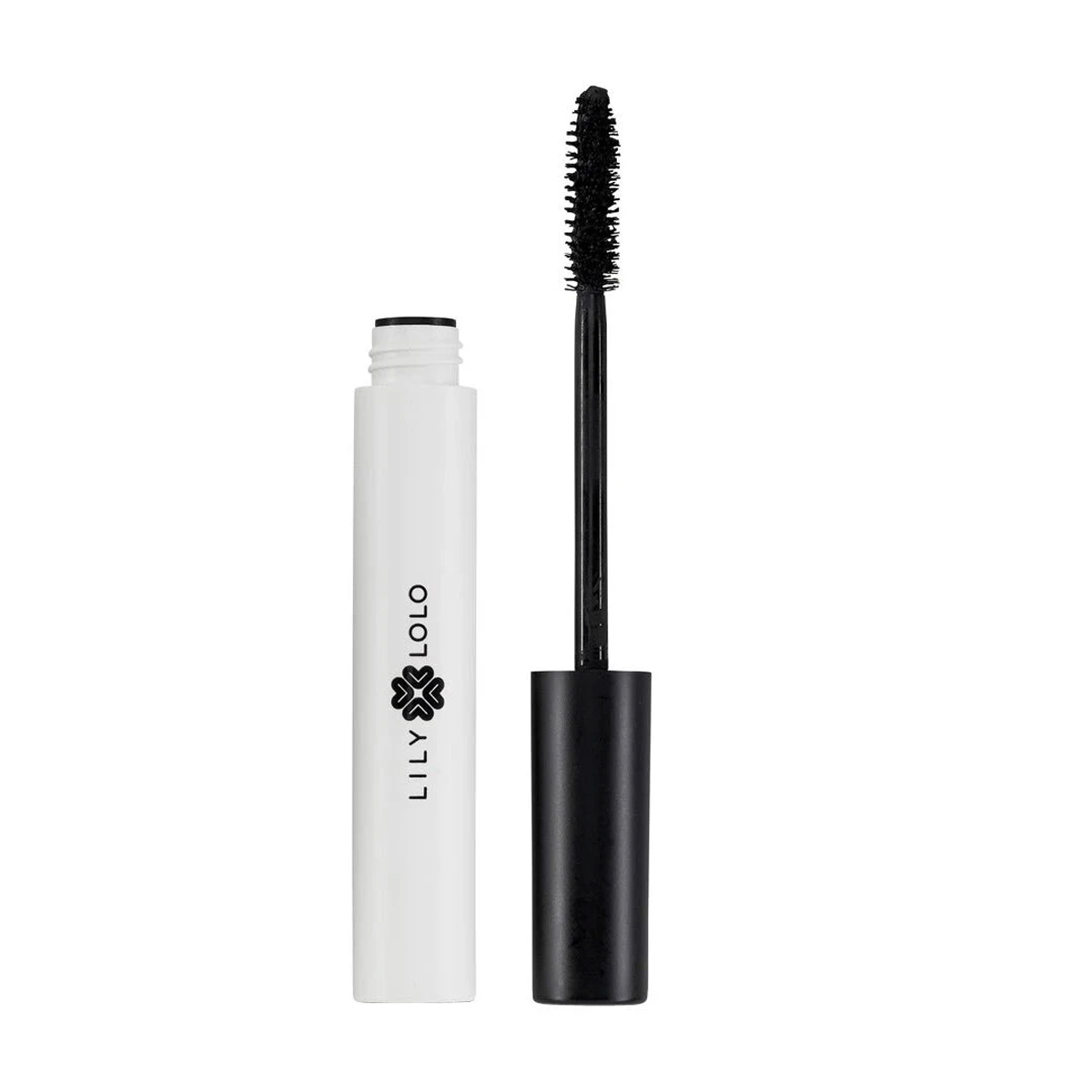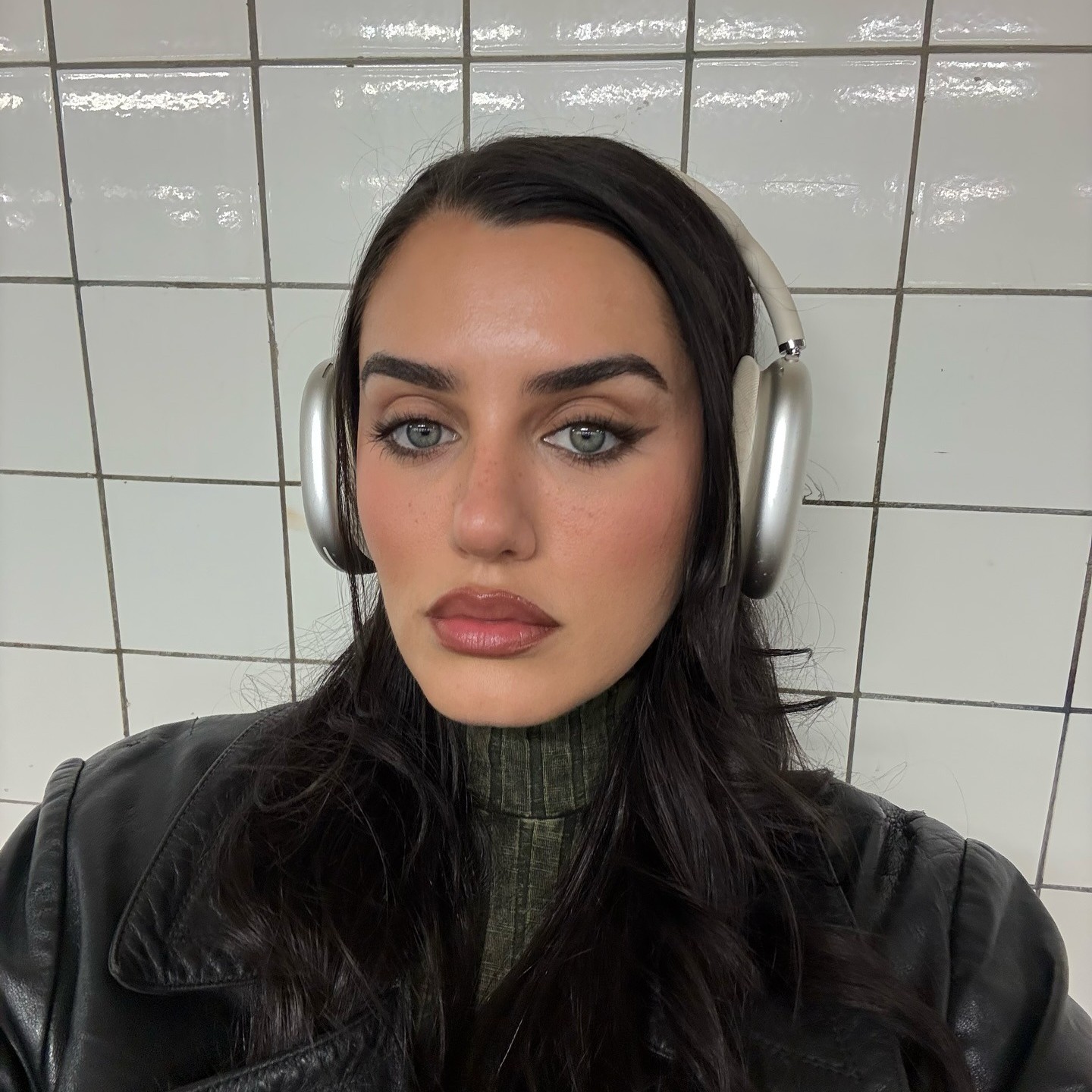The 5 Toxic Products I Tossed From My Makeup Bag and What I Replaced Them With
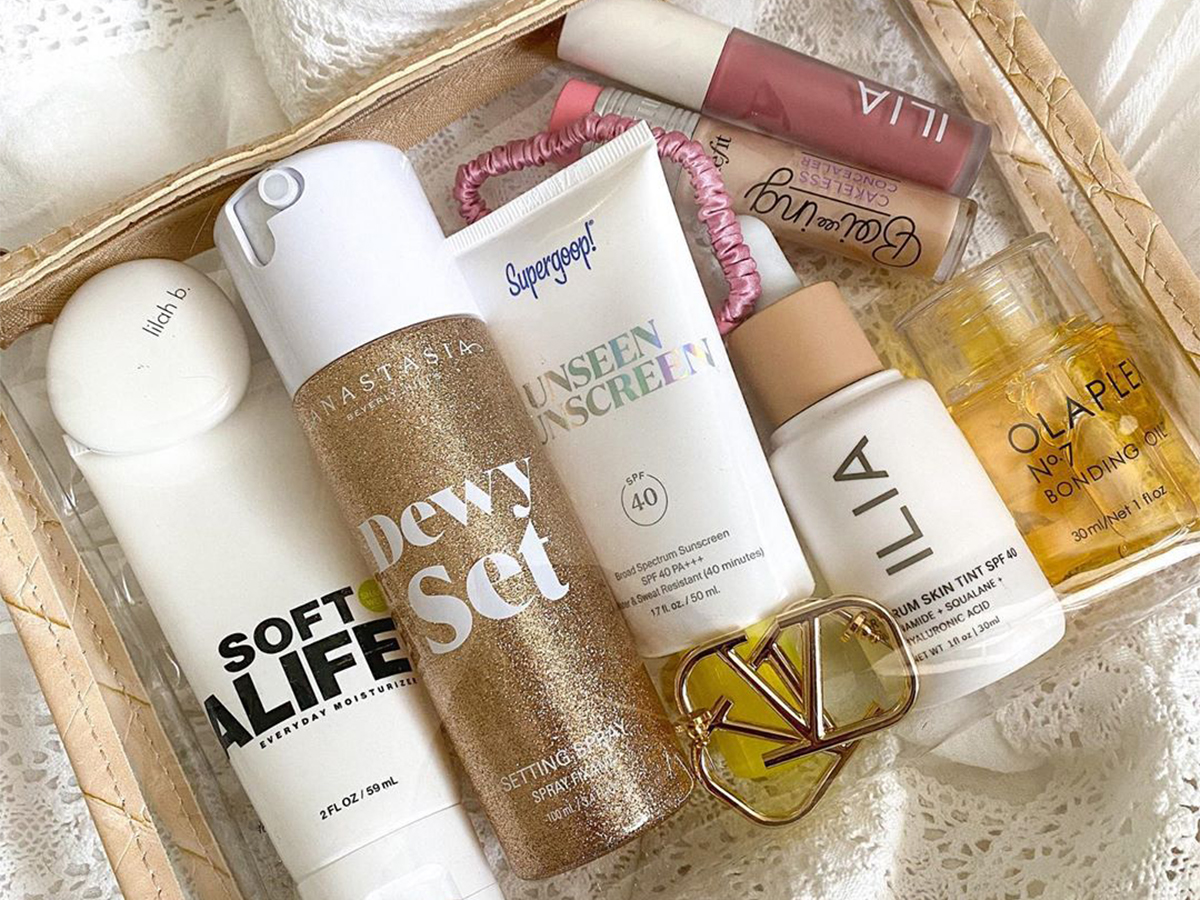
Over the last couple of years, an increased interest in natural and organic skincare has inspired a total overhaul of the skin category. It's rare to see a new product line come to market that's not marketed as clean, and when one does eke through, consumers aren't afraid to raise their concerns. Slower to change has been the makeup sector, which is certainly seeing growth in terms of natural formulations but not at the same rate as skincare. As a makeup lover, I can't help but wonder why that is.
With so much chatter about all the potentially harmful ingredients out there, why are so many of us so slow to make the transition to natural makeup? Well as a Black person, I'll just go ahead and say that the shade offerings in the early days of natural makeup were anything but inclusive. And that has not been the only hurdle. "The number one excuse I’ve heard for continuing to use makeup products that have harmful chemicals is that it's impossible to get the high performance in clean cosmetics," says Roen co-founder and CEO Tiffany Thurston Scott. "This was probably truer in the past, but I believe this notion has been debunked."
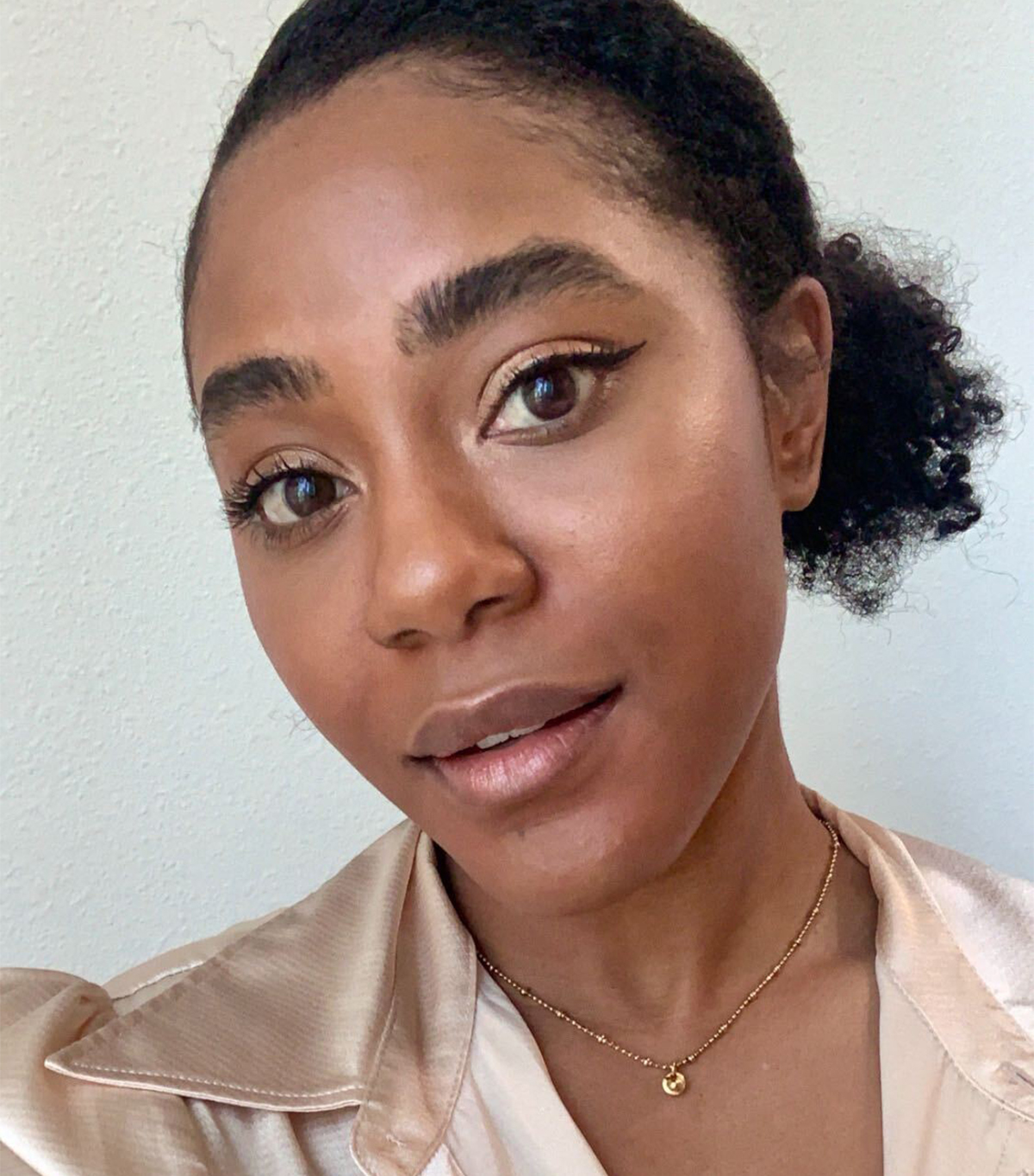
According to Connie Au, cosmetic chemist and Vesca Beauty product development specialist, it's time to wake up. "While most testing has been completed in studies on other species or cell cultures, some ingredients have been known, in some cases, to cause cancer as a result of impurities found in them," she explains. "Other risks that have been indicated for certain ingredients include, but are not limited to, endocrine disruption that can manifest as disease, organ toxicity in the body, lead or heavy-metal poisoning, bioaccumulation in other species, and allergic and irritant reactions on the skin." Uh…yikes.
The more I learn about the world of clean beauty, the more I'm inspired to up the number of healthier, more natural products in my routine. To help us all wade through the murky waters of ingredient labels, I asked Thurston and Au to lend their expertise about the most toxic ingredients found in makeup formulas. Ahead, get their intel on which makeup products are the dirtiest, and explore all the picks from the best natural makeup brands to replace them with.
Toxic Product #5: Pressed and Loose Powder
The offending ingredients: talc contaminated with asbestos, parabens
"In the news of late, some talc sources have been brought to the forefront for containing asbestos, a known carcinogen," says Au. While talc is regularly used in many products, she explains that the key is sourcing it from highly vetted manufacturers that vigorously check their talc supply for asbestos. There are also talc-free options that eliminate the possibility of contamination altogether.
Even if you aren't sure what parabens are, you've surely heard by now that they're bad news. These days, it's common to hear brands across all beauty categories condemning them, but according to Thurston Scott, keeping these potentially toxic preservatives out of makeup should be the norm. "The main issue with parabens is that they are endocrine disruptors," she explains. "They can stay suspended around the skin pores in your eyes and can affect your hormone system. They're considered carcinogenic even in small amounts." No thanks!
Shop the Clean Replacements
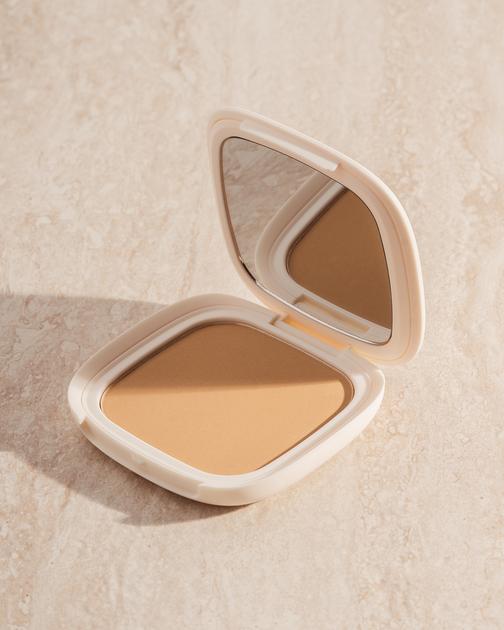
Vesca is a brand I learned about relatively recently, but I'm honestly blown away by its products. It makes beautiful bronzers in a wide range of shades to accommodate everyone from the super fair-skinned to those with deep, rich skin tones. Au says that all of Vesca's products, including its selection of highlighters, are rigorously tested for asbestos and are formulated without the use of ingredients that pose potentially harmful effects. "Clean beauty is the movement to recognize that some ingredients hold some risks, but it’s also important to recognize that some have limited scientific evidence for some of these claims," Au says. "More scientific testing is needed to determine whether there is a causal relationship between ingredients and possible risks."
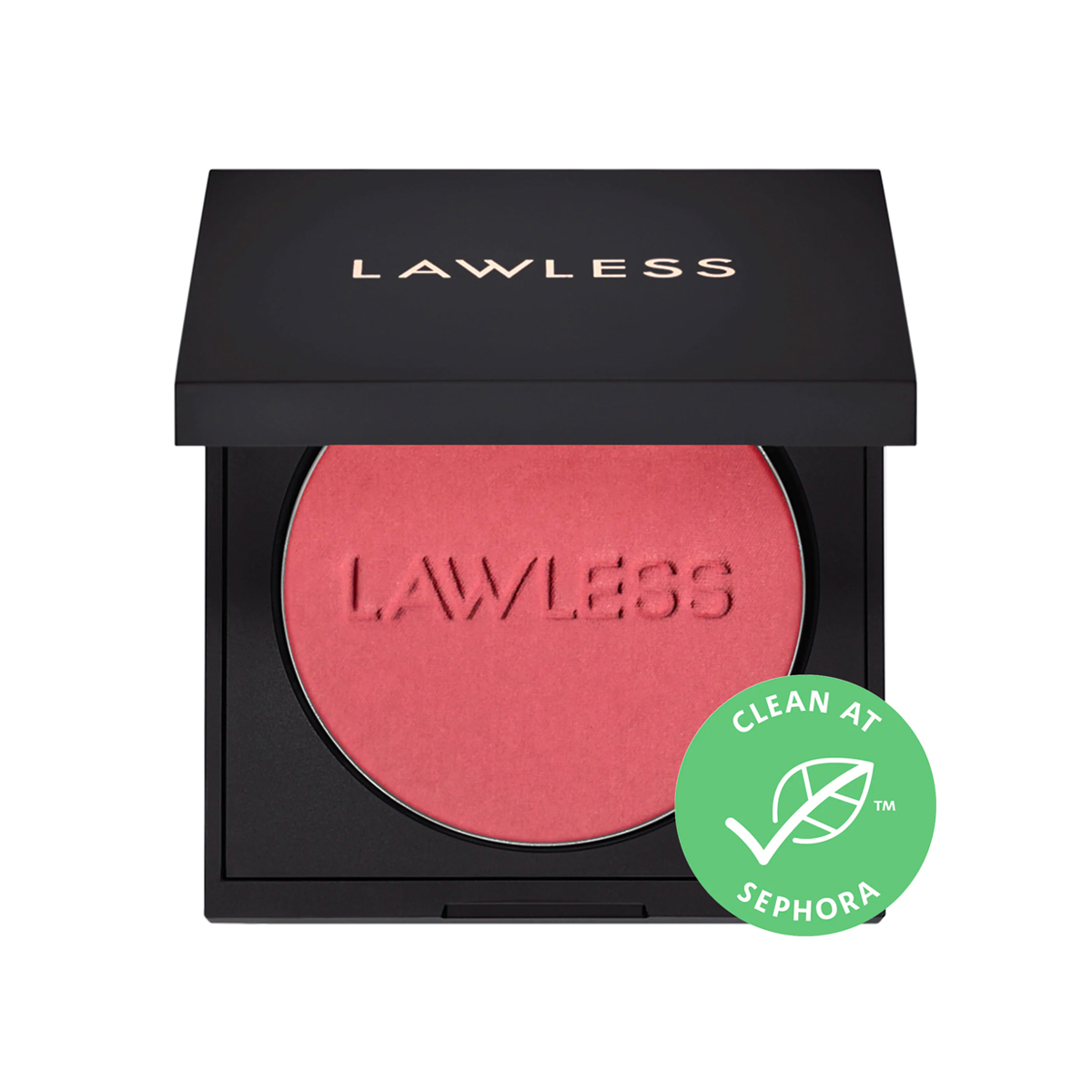
I mentioned above that some brands take the talc caution a step further by leaving it out altogether, which is what Lawless has done with this soft, blendable blush. The brand takes a clean approach with all of its products, so you can expect ingredient formulations without any potential endocrine disruptors or cancer-causing additives.
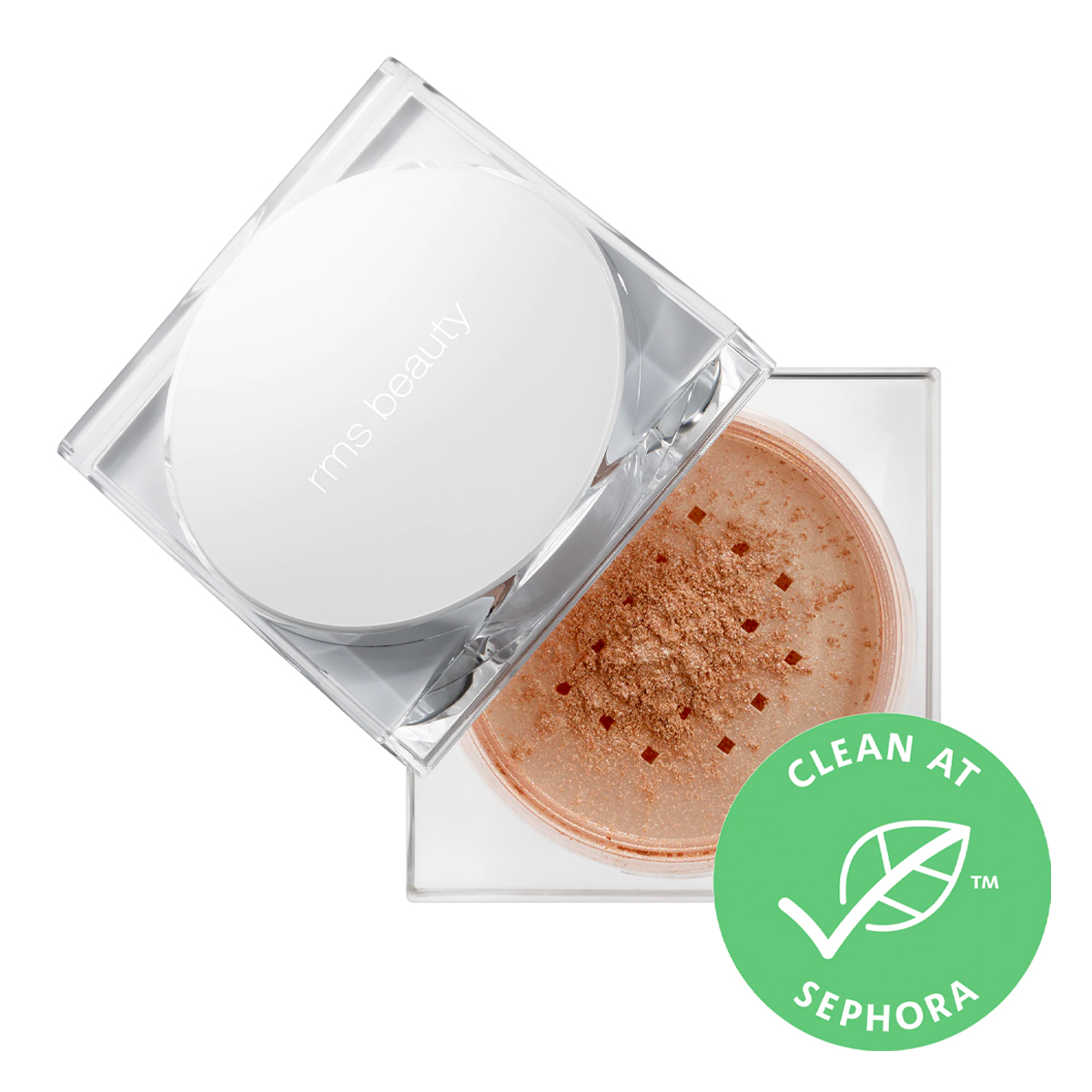
In 2009 when RMS came to market, it was one of the only purveyors of clean, organic makeup. Today, it's a makeup artist favorite that constantly gets called out for its skin-like, glow-inducing finishes. Among its expansive product offering, you'll find mostly dreamy cream-based formulas, but you'll also find this soft powder luminizer (a product category founder Rose-Marie Swift coined). Au mentions that, in addition to tainted talc, powder highlighters are formulated using micas to achieve that shiny, sparkly finish and that heavy-metal levels need to be closely monitored.
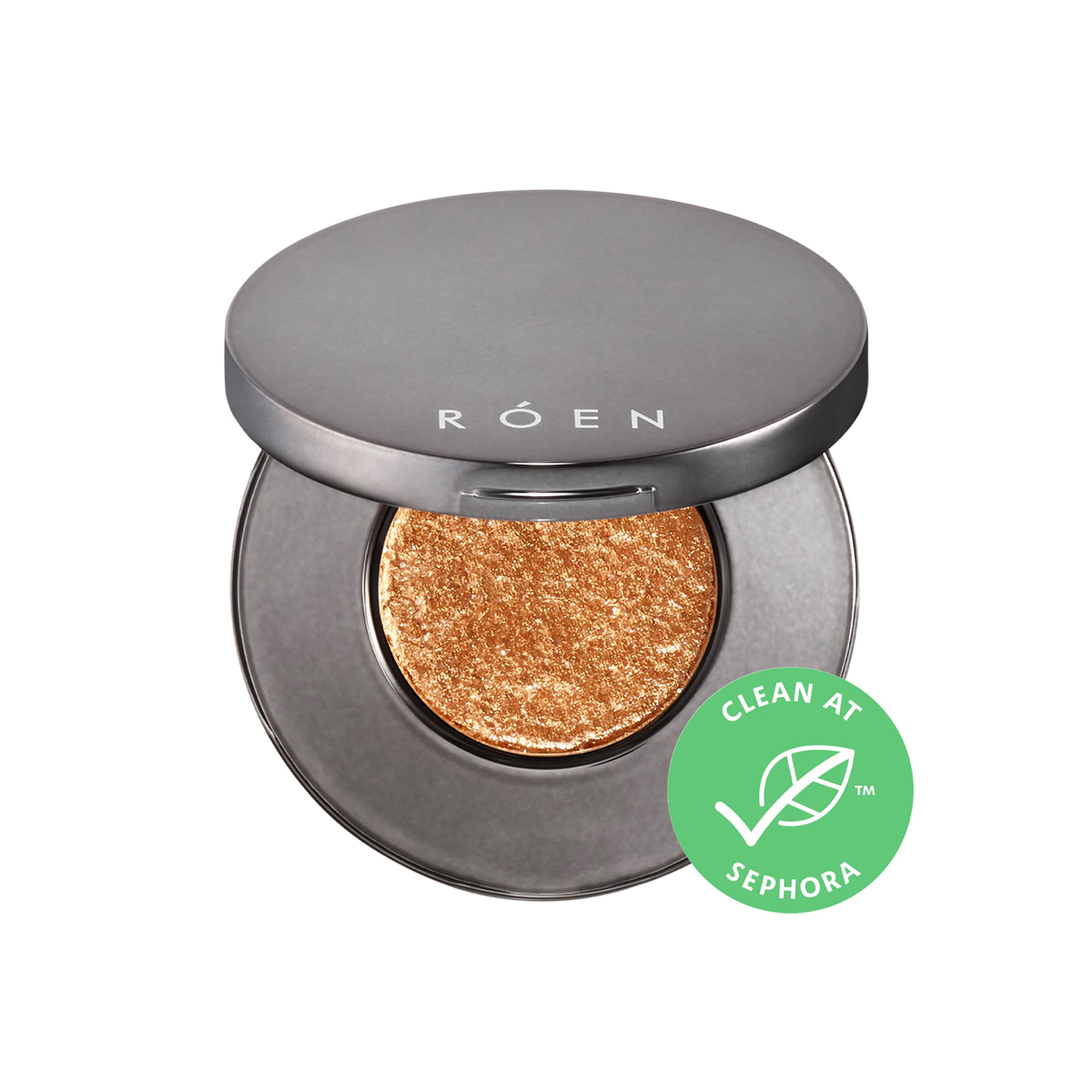
"It's a balance and more challenging to develop clean cosmetics, but that's part of what makes it interesting and why I love what I do," says Thurston Scott. The brand gained instant notoriety for its sultry, near-holographic eye shadows and now offers mascara, eyebrow pencils, and lip glosses, all free of bad-for-you ingredients.
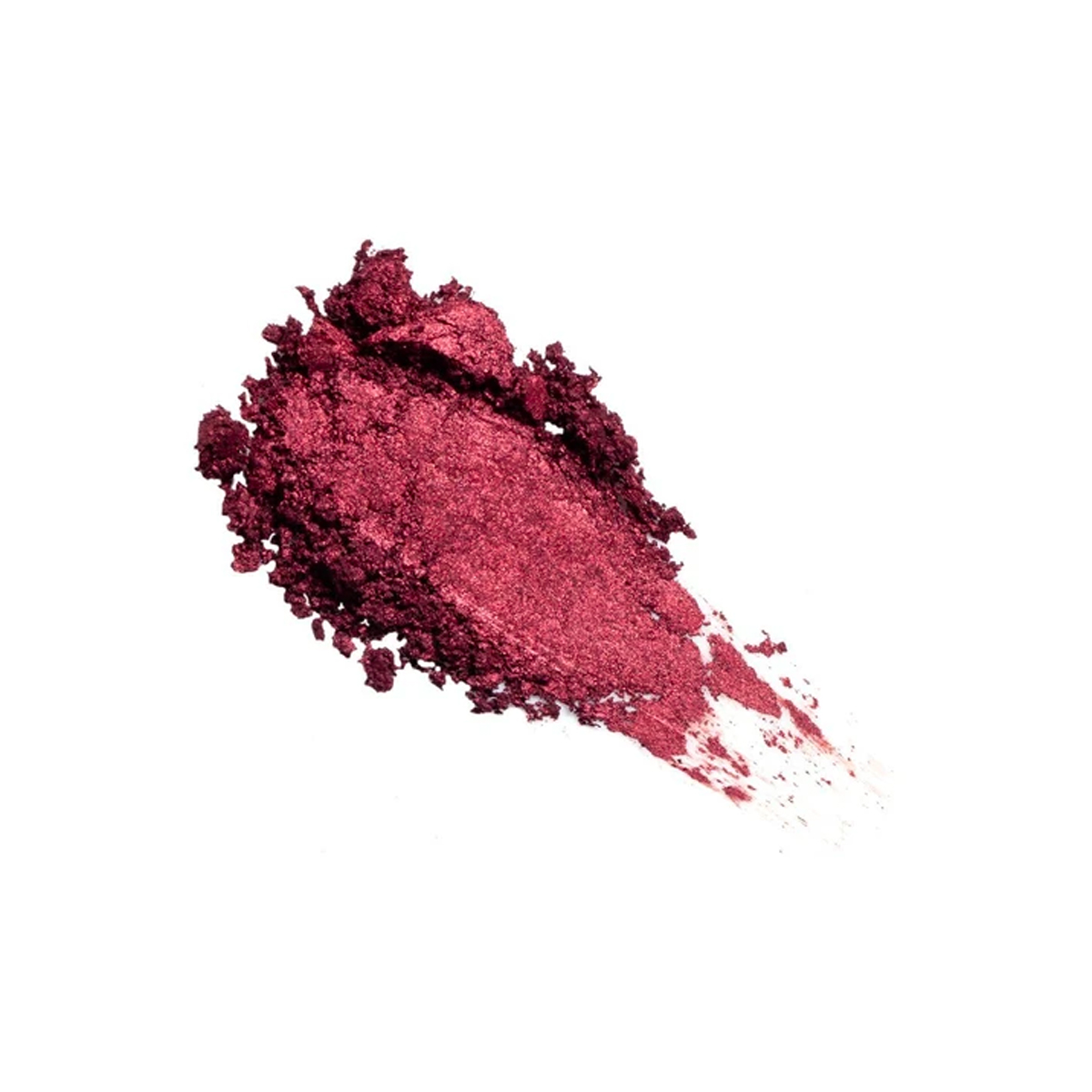
Au points out that certain eye shadow pigments need to be scrutinized more than others. "Eye shadows in bright reds or magentas are oftentimes formulated with pigments that aren’t deemed eye safe by the FDA or other government regulatory bodies," she says. I don't worry about that red flag at all when shopping Rituel de Fille's makeup for eyes, face, and lips. The brand is completely transparent about the entirely natural and paraben-, phthalate-, and synthetic-free dyes used in every one of its richly pigmented offerings. In fact, my favorite product from the brand is this deep-red eye shadow that can be worn sheer or layered for more impact on all skin tones.
Toxic Product #4: Lipstick and Lip Gloss
The offending ingredients: heavy metals, irritating fragrances, petrolatum
Au says that heavy metals are something to be wary of with lipsticks but also notes that companies do tend to be diligent in their testing nowadays. "Most companies regularly test their products and raw materials before going to market to make sure they fall within FDA and other government regulatory bodies' approved limits," she assures. When it comes to gloss, Thurston Scott advises staying clear of the petrolatum derivative petroleum jelly. Aside from the toxicity that can take place during the refining process, "another concern with petrolatum is that it creates an airtight barrier on the skin, which can act as a penetration enhancer. This means absorption of any of the toxic ingredients will be increased," she warns.
Shop the Clean Replacements
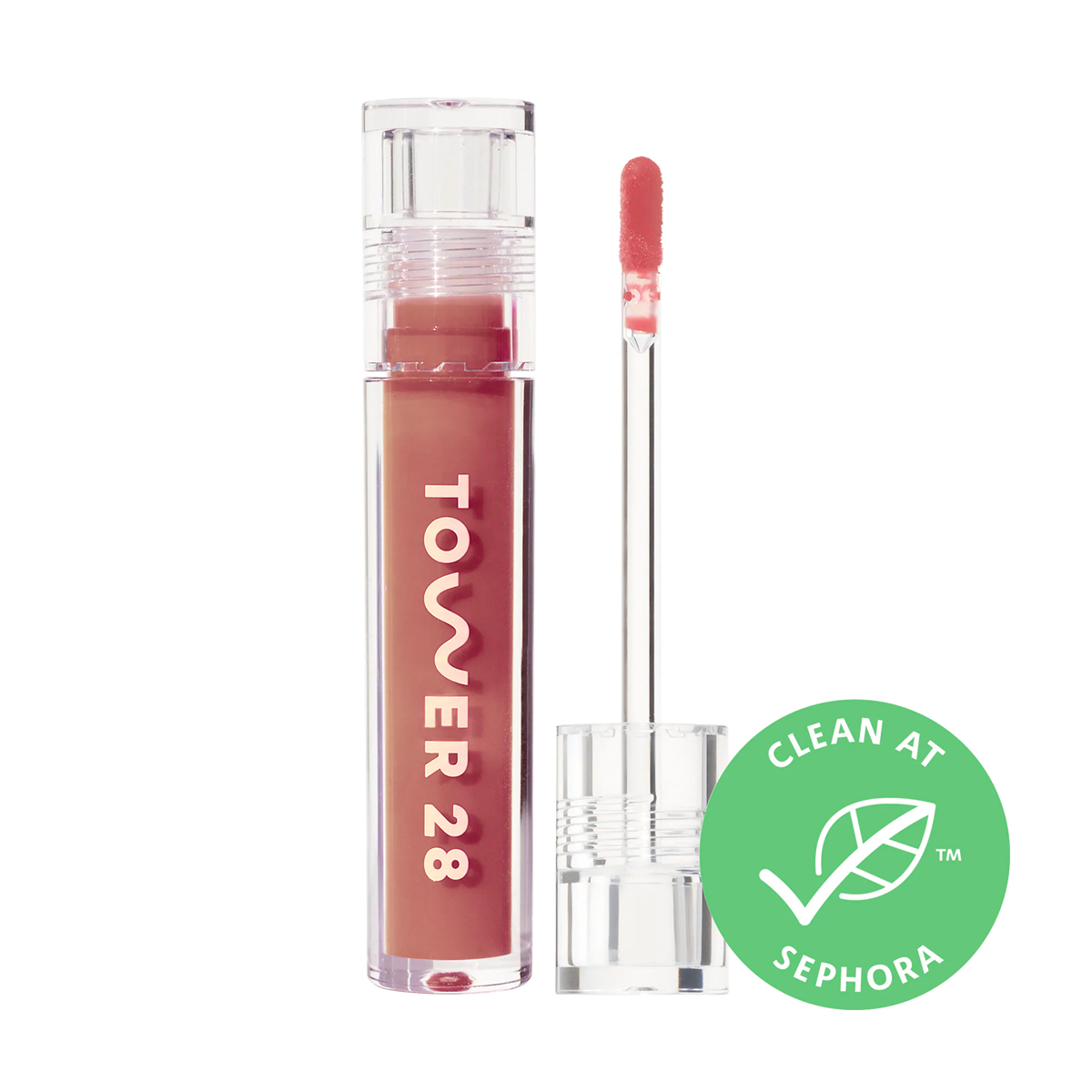
Irritants are the last thing you'll find in Tower 28 formulations. After struggling with sensitive skin and feeling let down by the makeup options left for her to partake in, founder Amy Liu created the brand and vowed to skip toxic, sensitizing irritants and to include only calming, nourishing, and clean ingredients.

Bite shook the beauty scene when it launched Lip Lab, a customization option that allows customers to create a personalized lipstick shade IRL (and virtually). You may notice fragrance, but the brand is adamant about its clean status, reminding consumers that mainly naturally derived scents are used and that its products contain less than 1% synthetic fragrance.
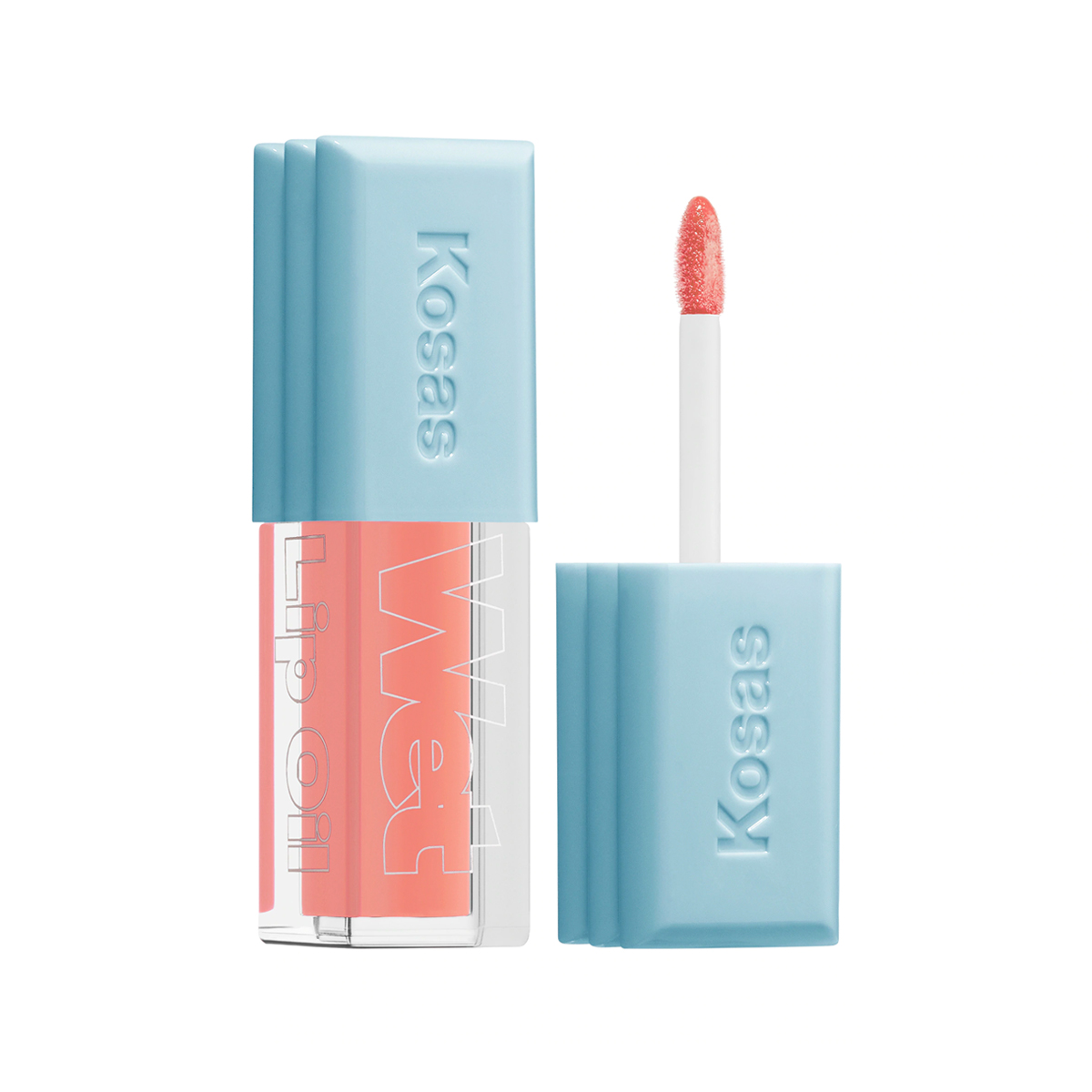
Clean lip gloss shouldn't be hard to come by, and Kosas is certainly making it easier with this plush, nourishing option. The brand has a list of 2700 banned ingredients, including the heavy metal aluminum and undisclosed fragrances that can make lip products especially harmful. Whether you're reaching for this lip oil, one of the brand's dreamy lipsticks, or even the famed Tinted Face Oil Foundation ($42), you can rest assured they're all clean as a whistle.
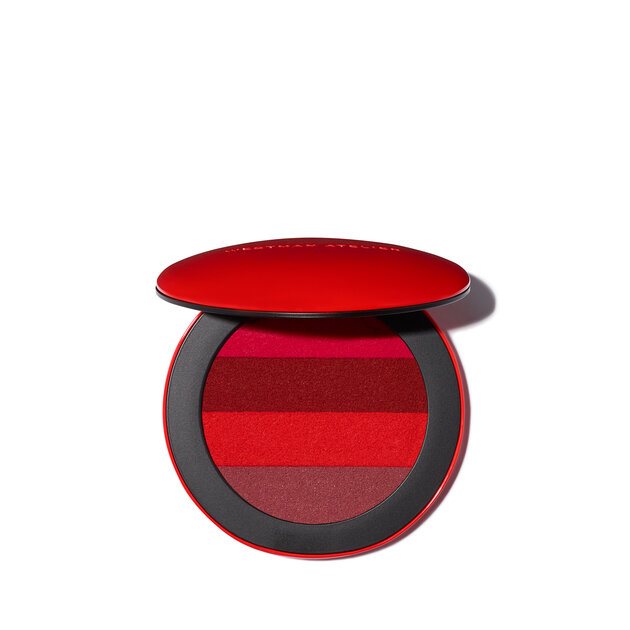
If anyone knows the importance of high-performance makeup, it's a celebrity makeup artist. That's why Gucci Westman, the trusted artist to everyone from Reese Witherspoon to Cameron Diaz, was the perfect person to formulate a clean, natural, and richly pigmented product line that doesn't sacrifice efficacy. This chic lip palette offers up rich hues that can be mixed and matched to your heart's content. It includes nourishing ingredients like cold-pressed cherry oil, vitamin E, and marula oil. Silicones, parabens, phthalates, and synthetic fragrances are hard nos.

This double-ended lip product is formulated with clean and healthy ingredients like shea butter, vitamin E, and other natural oils to condition and moisturize the lips while also delivering serious color payoff. You'll find good stuff like this strewn throughout its lips, face, and eye offerings, all without over 1300 potentially harmful additives.
Toxic Product #3: Foundation
The offending ingredient: methylparaben, propylparaben
"Foundation can contain a lot of harmful chemicals, including parabens such as methylparaben and propylparaben, all of which can disrupt the endocrine system and are considered potential threats to fertility and potentially cancer causing," says Thurston Scott. "And since we put this all over our face, I think it's a good idea to go clean." I have to agree.
Shop the Clean Replacements
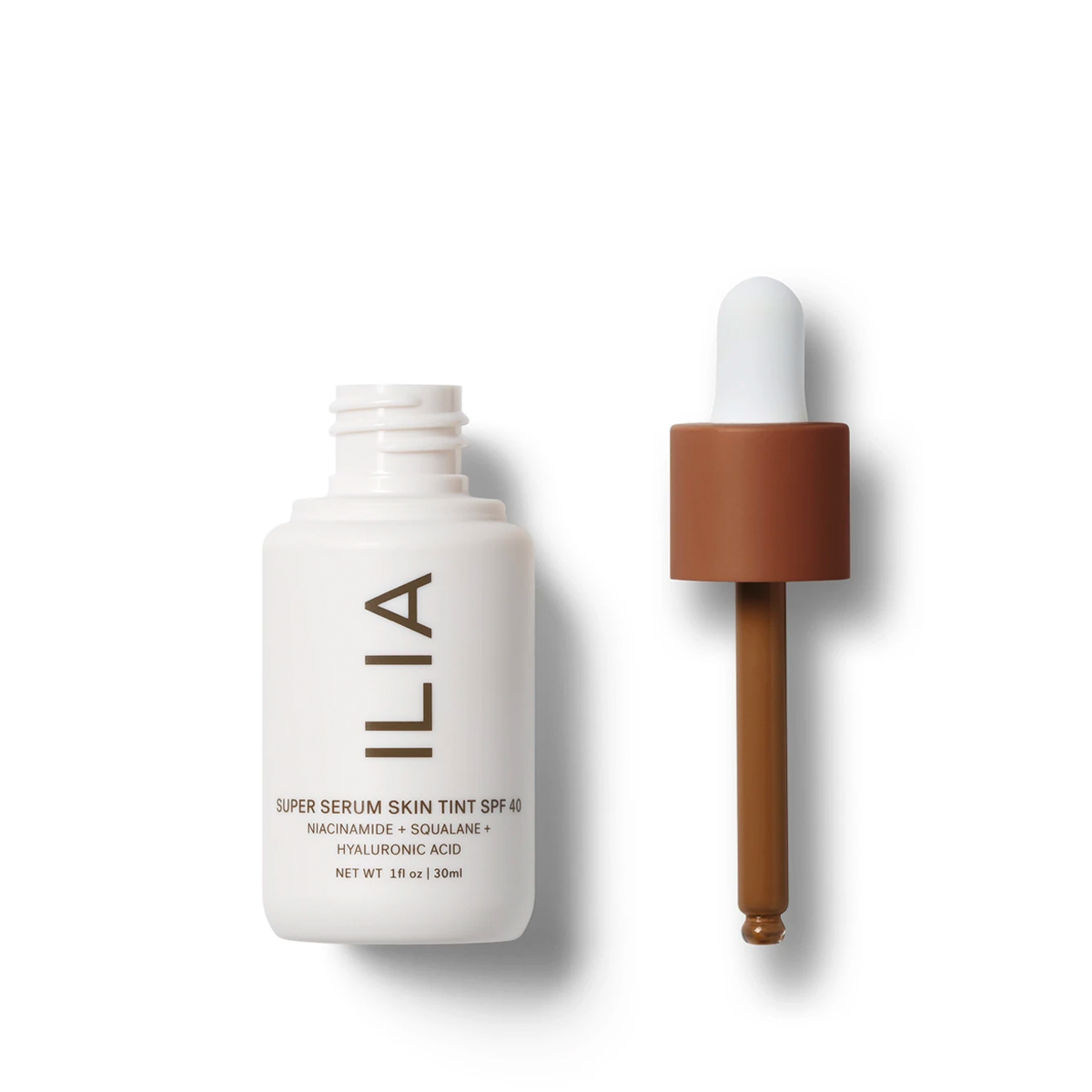
This is one of the first complexion products I tried from a clean-beauty brand that didn't send me running for the hills. The consistency is like a plush oil that creates the most beautiful, glowy blur over the skin. It comes in 18 shades, which might not sound like that many in a post-Fenty world. But, considering how well formulated they are, I'd say it's a great start (especially considering that so many other brands that use terrible ingredients are still figuring out how not to make brown shades that are chalky and clownish).
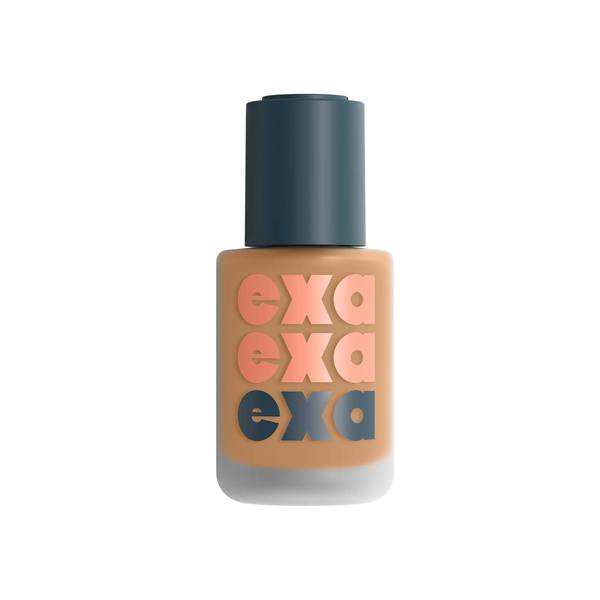
Exa is brand-new and makes as clean a foundation as you can get. It's a radiant-to-dewy formula that comes in 43 shades to fit everybody. Aside from being super inclusive, it's also packed with skin-loving ingredients like aloe vera juice and peach fruit extract to plump and protect. I would absolutely recommend it—check the full review from my fellow beauty editor Erin Jahns and me.
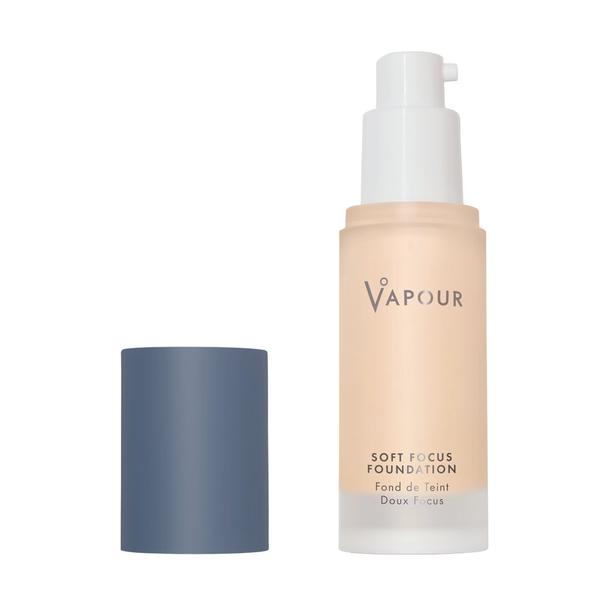
A lit-from-within glow is what you get with Vapour's skin-perfecting foundation. The brand is dedicated to caring for our bodies and the planet with commitments to ingredient purity, health, and sustainability to boot. That means you won't find ingredients within its formulations that are toxic while you wear them and that aren't harmful once rinsed down the drain, either.
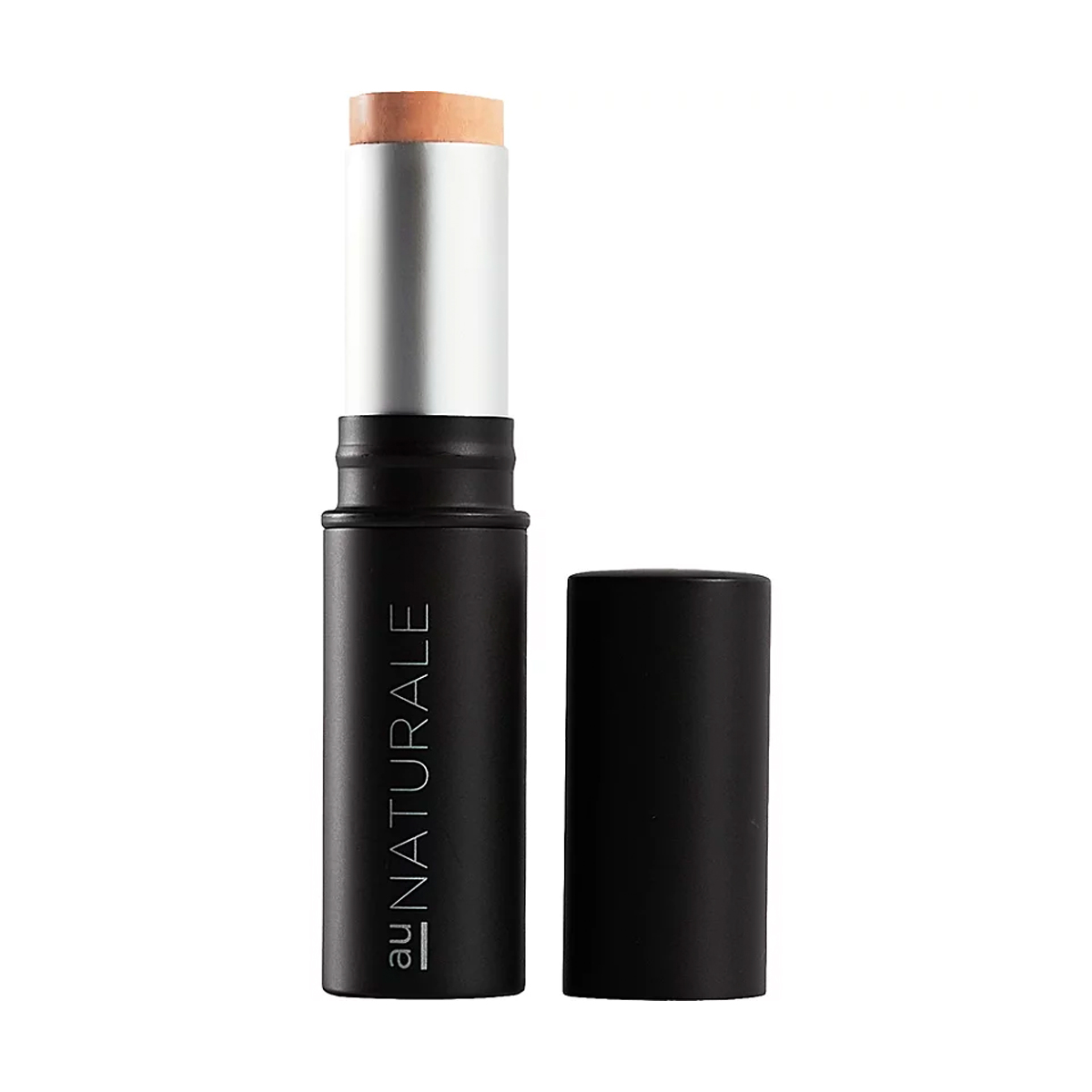
Au Naturale makeup is meant to leave your skin feeling as refreshed as it does when you go makeup free. That's always been the goal of founder Ashley Prange and continues to drive the brand's ethos today. In fact, Prange regularly lobbies on Capitol Hill for the Personal Care Products Safety Act, a movement advocating for stricter regulation of cosmetic products in the United States.
Toxic Product #2: Eyeliner
The offending ingredients: coumarin, Lilial, Lyral
I'm an eyeliner freak, so you better believe I paid close attention to Thurston Scott's concerns with traditional ingredient lists. "Eyeliners can contain a fragrance called coumarin that has been linked to liver damage, even in small quantities," she says. "It's also been reported that some eyeliners have high levels of Lilial and Lyral, which are chemical powders that are often found in laundry detergents, soaps, and deodorants. Many people are allergic to these ingredients and can experience dry, irritated skin."
Shop the Clean Replacements
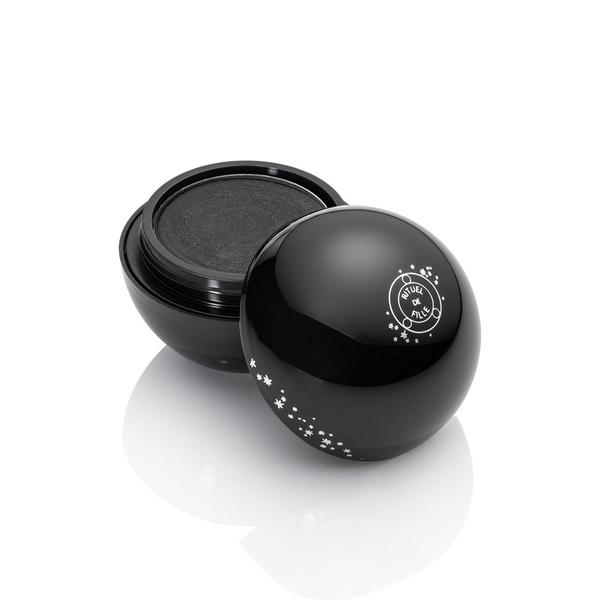
We've already gone over the squeaky-clean ingredients Rituel de Fille uses, but you may be surprised to know the brand even has a jet-black eyeliner option that's safe and natural. This semimatte black eyeliner is unlike any other product on the market, in that it's neither a gel nor a powder but can function much like both of those products depending on the tools used to apply it. It's also fragrance free.
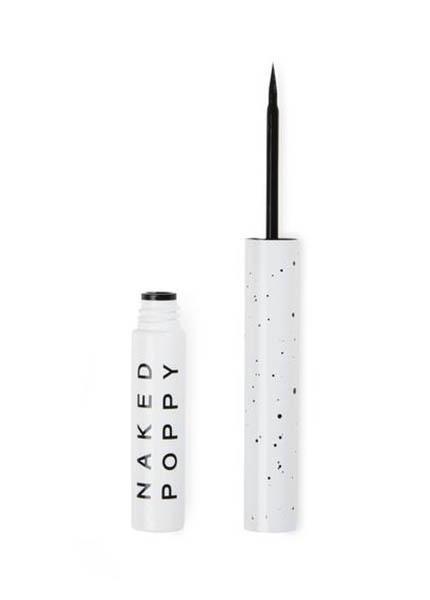
Liquid eyeliner is my thing, so I'd actually tried this one from NakedPoppy years ago. What I didn't know before I used it was that it's clean and comes from a vast line of other products formulated without any harmful additives. The brand also shares its name with a clean-beauty e-commerce marketplace dedicated to taking the guesswork out of shopping safe cosmetics.
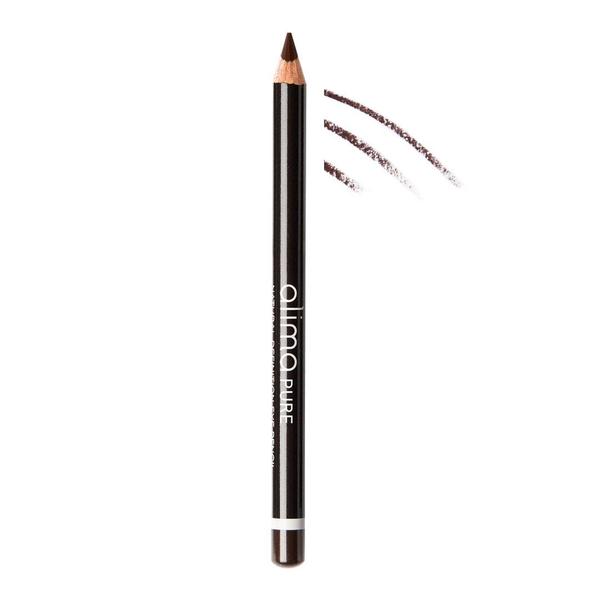
Alima Pure is all about minimal ingredients for maximum impact. Not only are all the formulations free from parabens, sulfates, phthalates, dimethicone, petrolatum, talc, bismuth oxychloride, and nanoparticles, but the brand has also been carbon neutral for more than a decade.
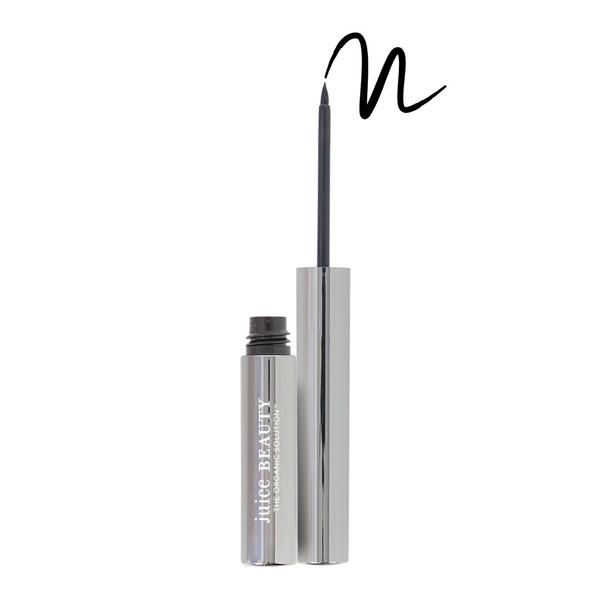
You may already know of Juice Beauty's radically clean skincare offerings, but makeup is also part of its repertoire. Much like its skincare, the makeup is full of antioxidant-rich botanical juices and natural waxes that won't bring toxicity into the equation.
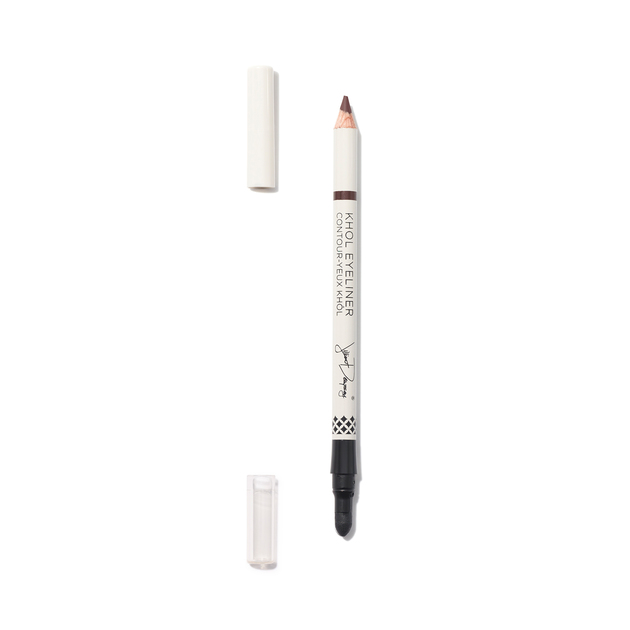
Makeup artist Jillian Dempsey set out to create healthy makeup free from sketchy ingredients, and that's exactly what she's done with her eponymous makeup line. Every formulation has only organic and naturally derived ingredients that have been put to the test on red carpets and magazine covers on stars like Kristen Stewart and Emilia Clarke.
Toxic Product #1: Mascara
The offending ingredient: carbon black, parabens, phthalates
Again, this is a category that hits really close to home since I truly can't live without mascara. But according to Au, "some mascaras contain carbon black, which can be nano form and can pose an inhalant irritant." Thurston Scott also raises the issue of phthalates. "Phthalates have been linked to liver, kidney, and lung damage as well as harmful effects on the reproductive system," she explains.
Shop the Clean Replacements
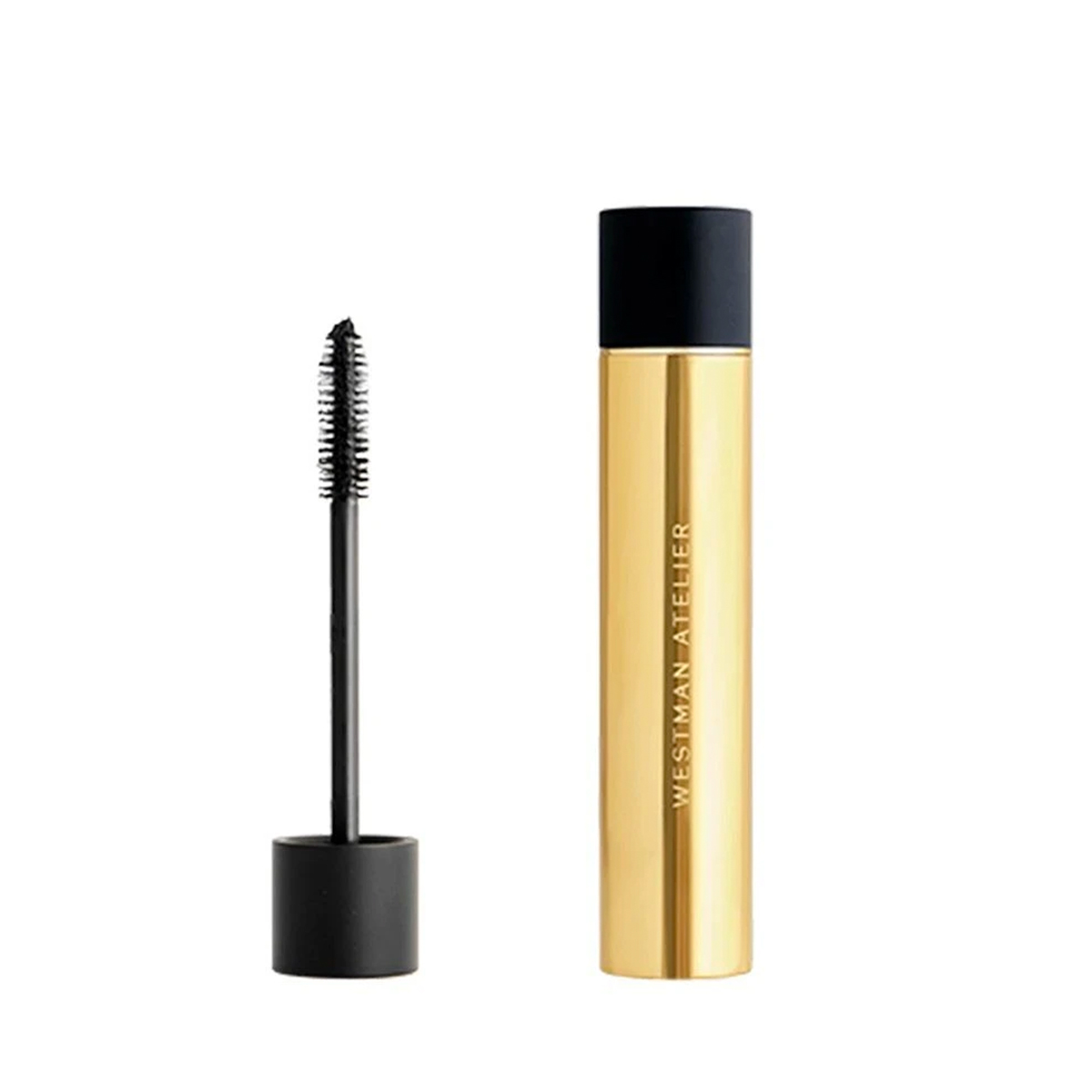
This is my favorite mascara right now, clean or otherwise. Westman Atelier is home to some of the most luxe natural beauty products on the market, all of which are free from toxic ingredients. I love pairing this mascara with the brand's Eye Pods ($88) for a soft yet impactful eye look.
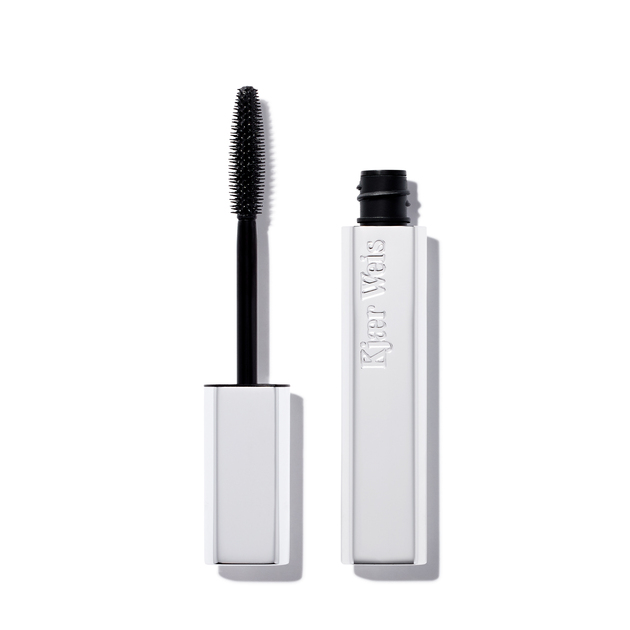
Clean formulas and sustainability are the driving forces over at Kjaer Weis. Developed by makeup artist Kirsten Kjaer Weis, the brand combines certified organic and natural ingredients, superb performance, and a luxe experience without mucking up our bodies or the earth.
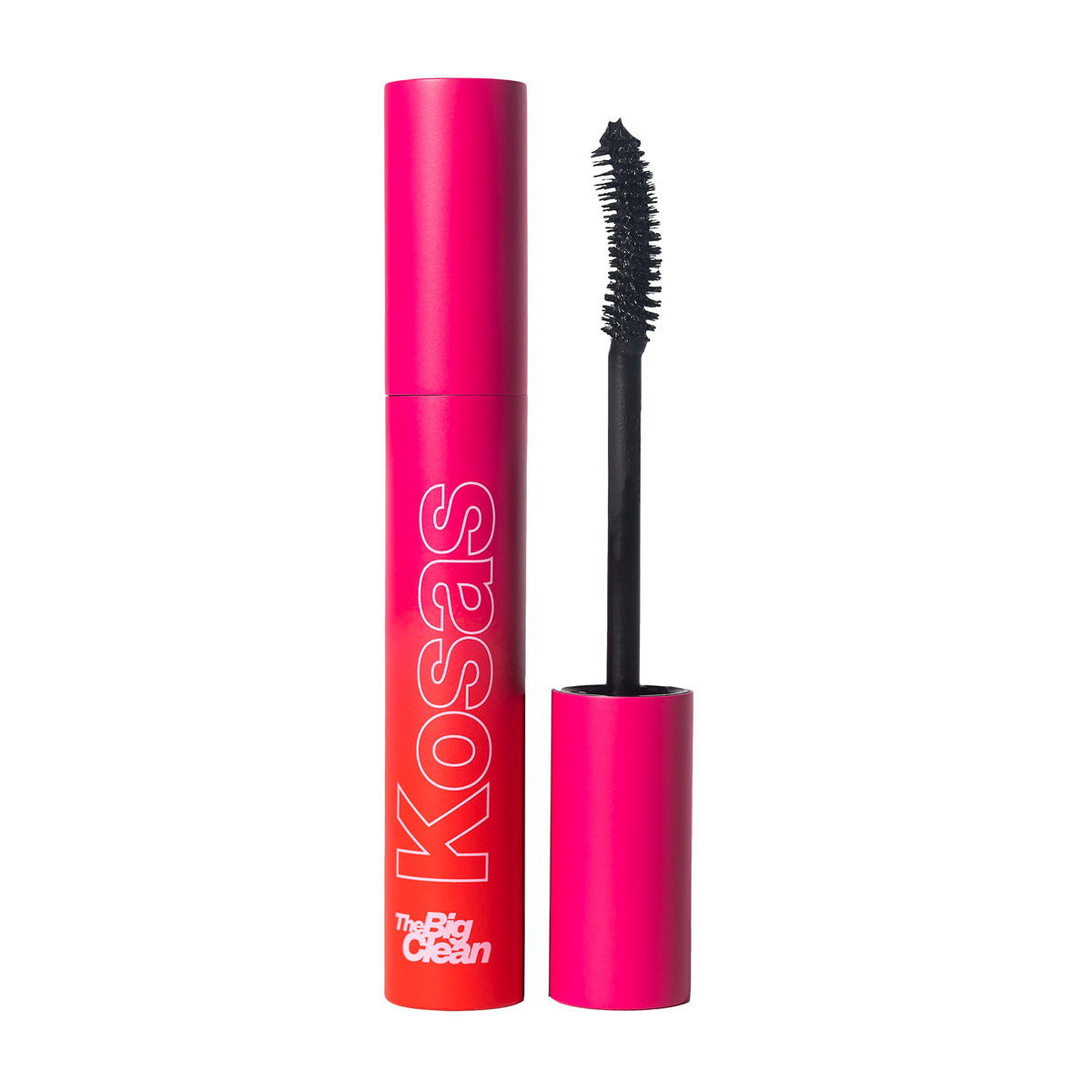
In line with the rest of Kosas's offering, this brand-new mascara is free from harmful chemicals that could cause toxicity in the body or irritation to the skin.
Up next, I Asked My 5 Glowiest Beauty Buddies for Their Favorite Dewy Foundations
Courtney Higgs is a Cancer sun, Libra rising beauty enthusiast with six years of experience in the editorial space. She was previously Who What Wear's associate beauty editor after spending many years working at InStyle Magazine. She graduated from California State University, Northridge, with a BA in communication studies and pivoted to editorial after spending her college years working in the legal field. Her beauty philosophy is simple: She believes there are no wrong answers and that discovering our favorite beauty products and rituals is a journey, not a sprint. When she's not geeking out over products, she can be found adventuring around L.A. with her fiancé; watching reality TV with their French bulldog, Bernie Mac; or relating way too hard to astrology memes.
-
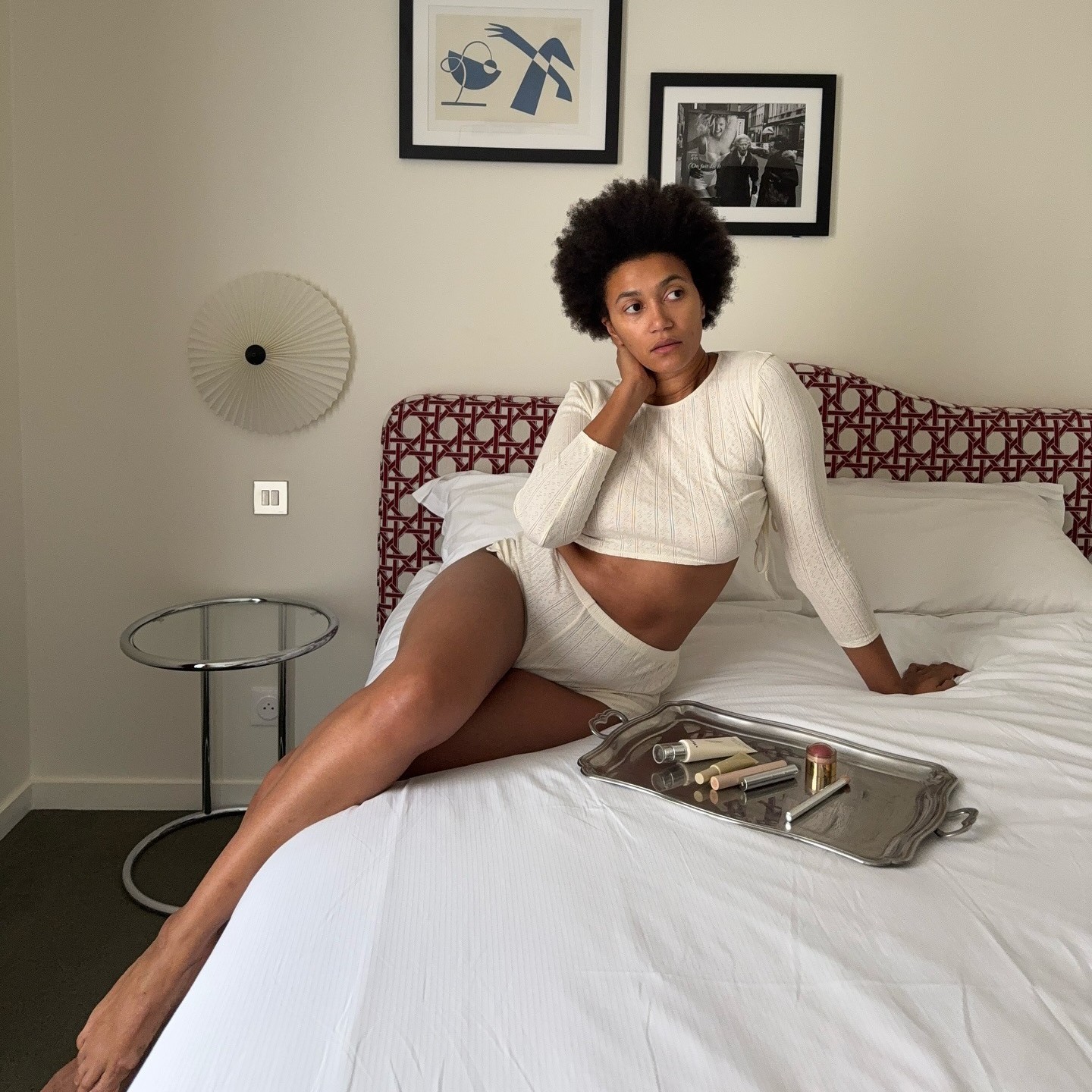 3 Chic Parisian Women Say These Are the Best French Makeup Brands, Period
3 Chic Parisian Women Say These Are the Best French Makeup Brands, PeriodShopping recs straight from the source.
-
 People Think I Spent $600 on a Microblading Appointment, But It's Really Just This $26 Brown Pen
People Think I Spent $600 on a Microblading Appointment, But It's Really Just This $26 Brown PenIt transformed my sparse brows in less than 10 minutes.
-
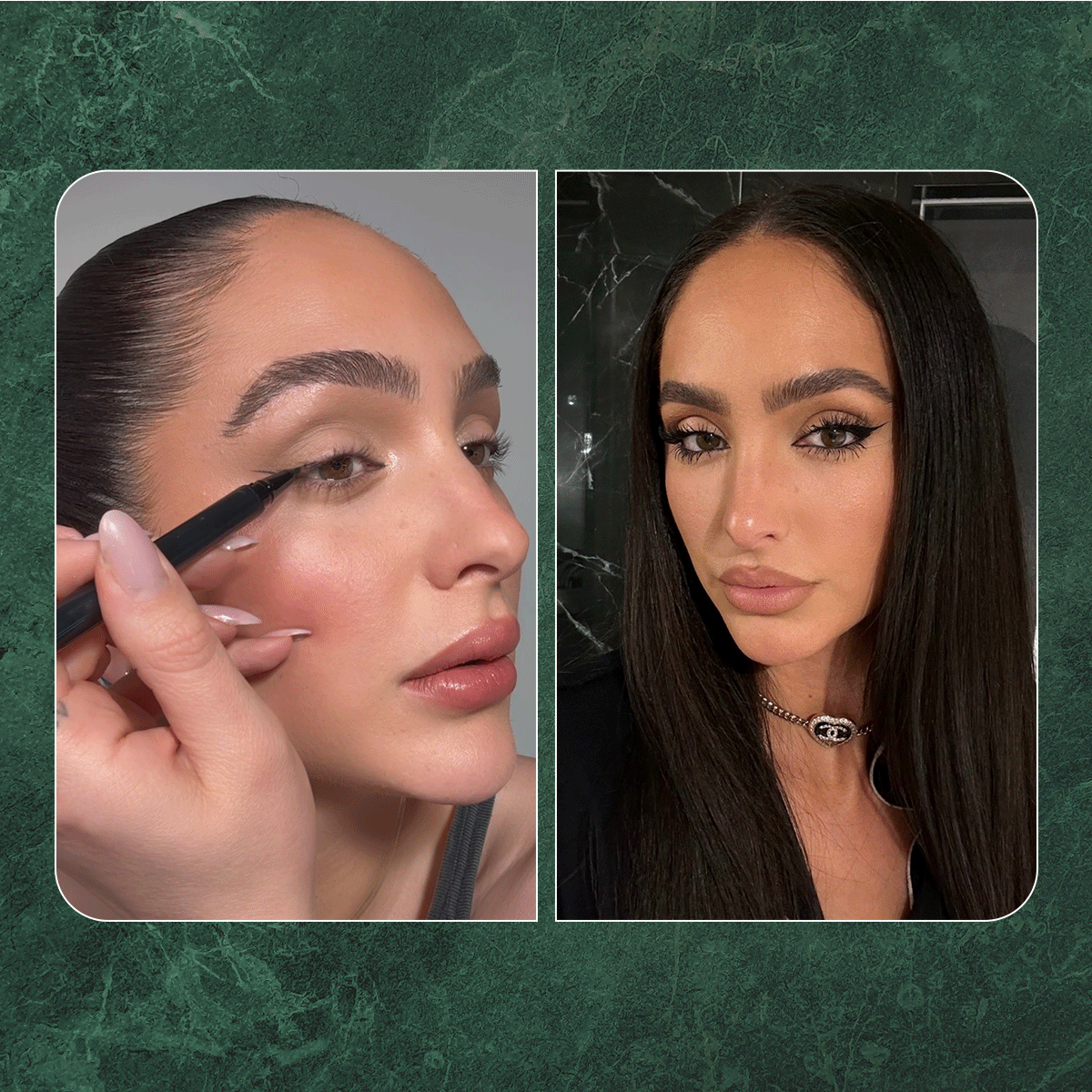 I'm a Celebrity Makeup Artist—Here Are 5 Foolproof Tips for Creating a Flawless Winged-Liner Look
I'm a Celebrity Makeup Artist—Here Are 5 Foolproof Tips for Creating a Flawless Winged-Liner LookA step-by-step guide.
-
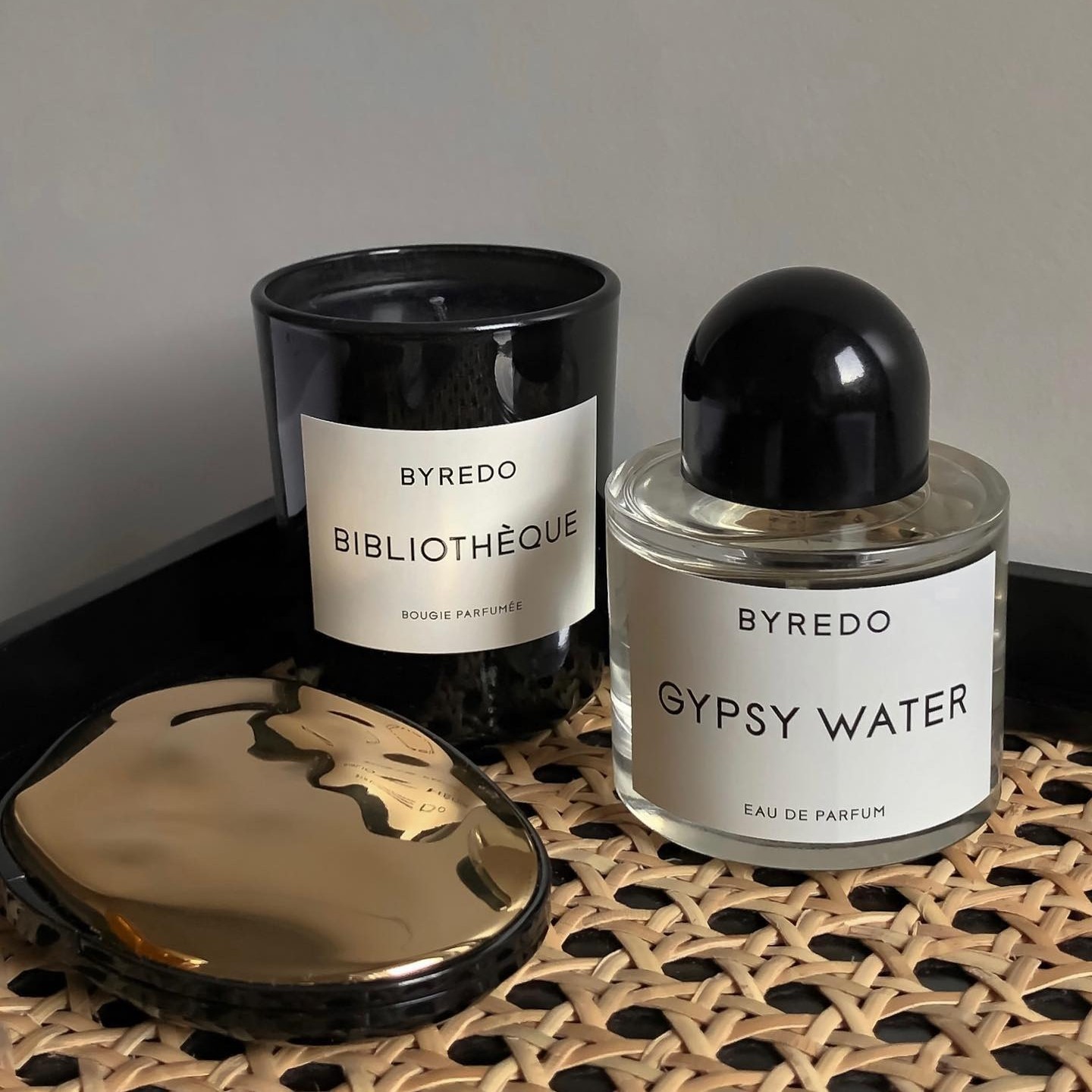 Byredo Famously Never Goes on Sale, But Here’s a Cheat Code to Score the Most Bang for Your Buck
Byredo Famously Never Goes on Sale, But Here’s a Cheat Code to Score the Most Bang for Your BuckHurry—this deal won't last.
-
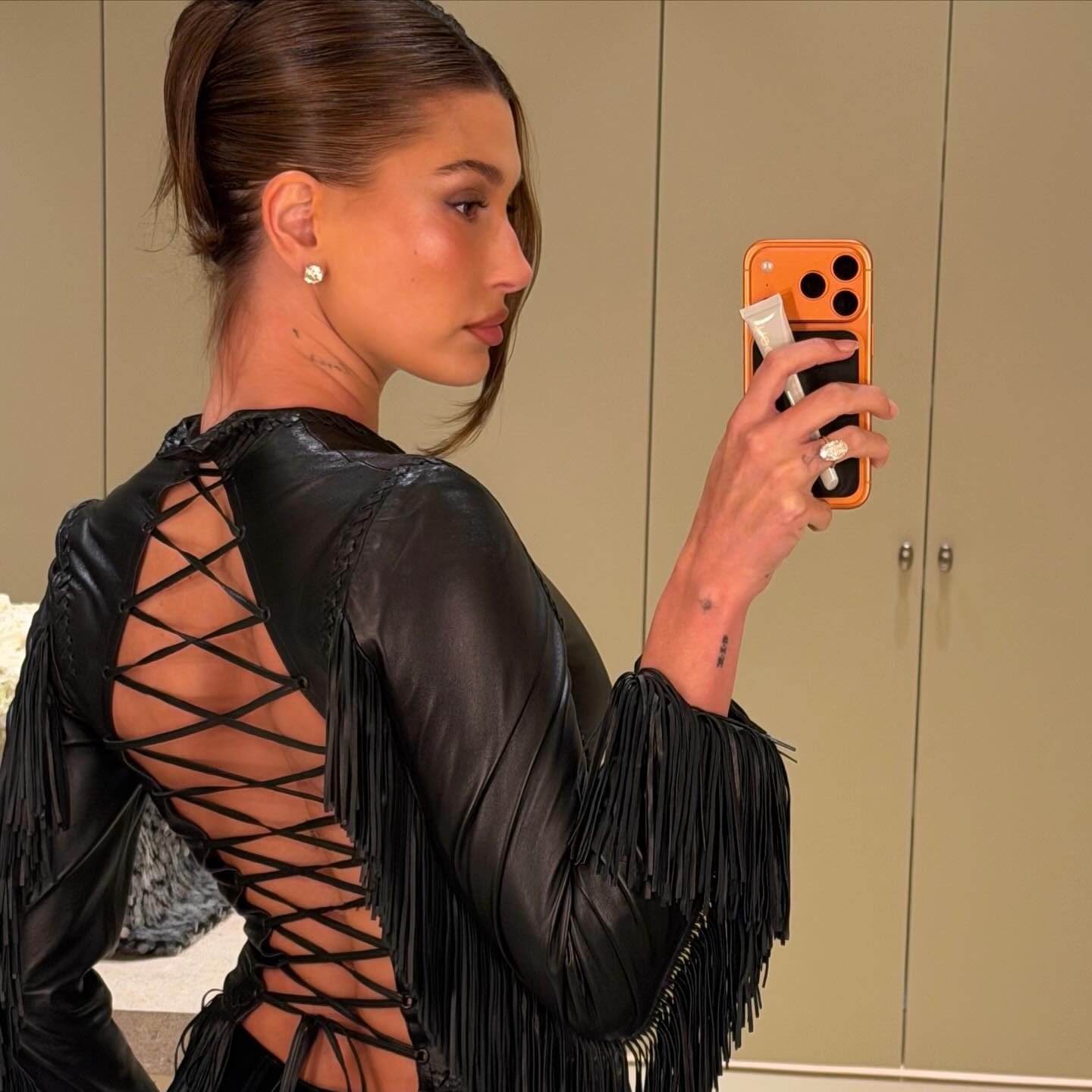 Hailey Bieber's 29th Birthday Glam Includes This On-Sale Eye Brightener and Secret Bronzer
Hailey Bieber's 29th Birthday Glam Includes This On-Sale Eye Brightener and Secret BronzerI'm invested.
-
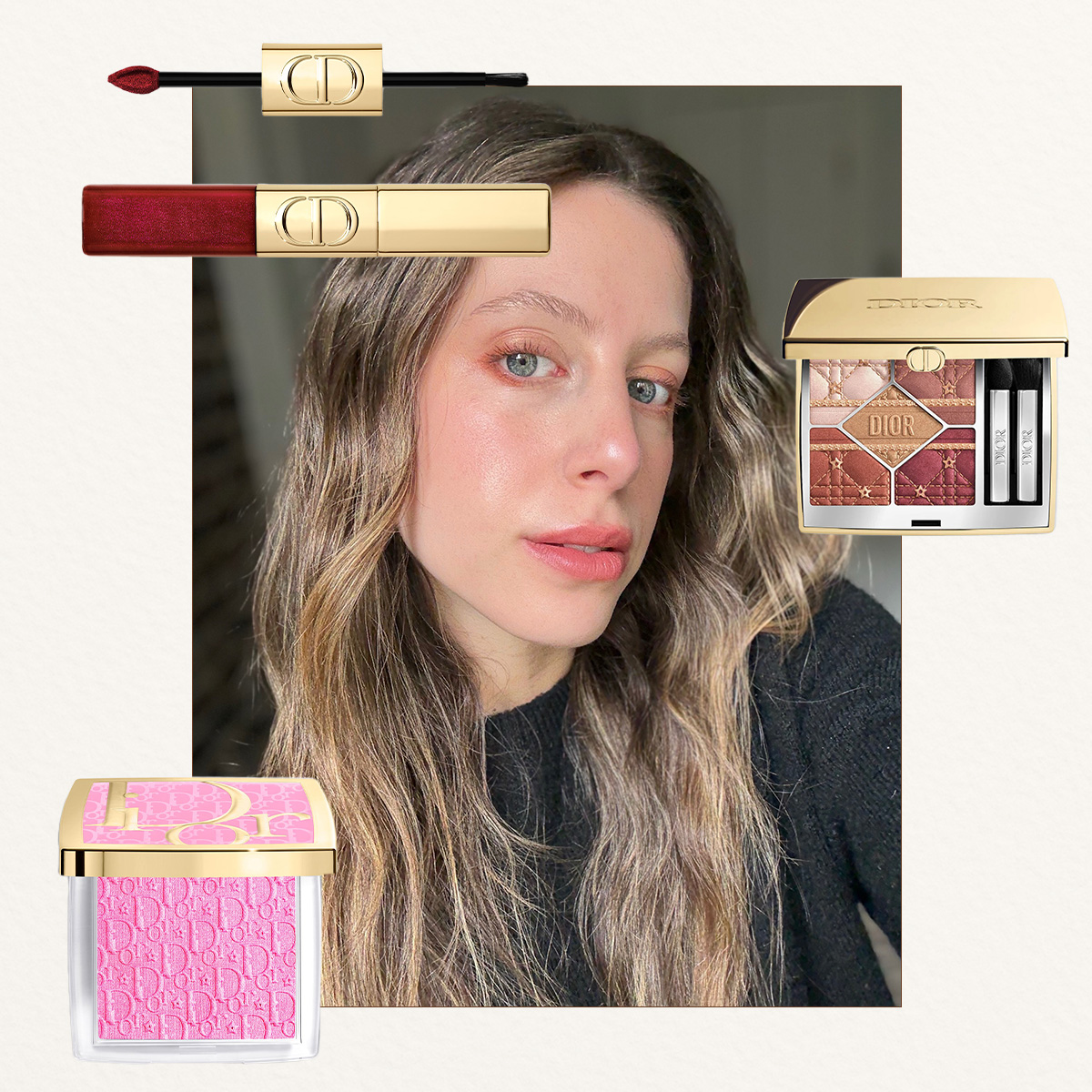 I Wore a Full Face of Dior Holiday Makeup—These Are the Products I Recommend Buying Before They're Gone
I Wore a Full Face of Dior Holiday Makeup—These Are the Products I Recommend Buying Before They're GoneJust like magic.
-
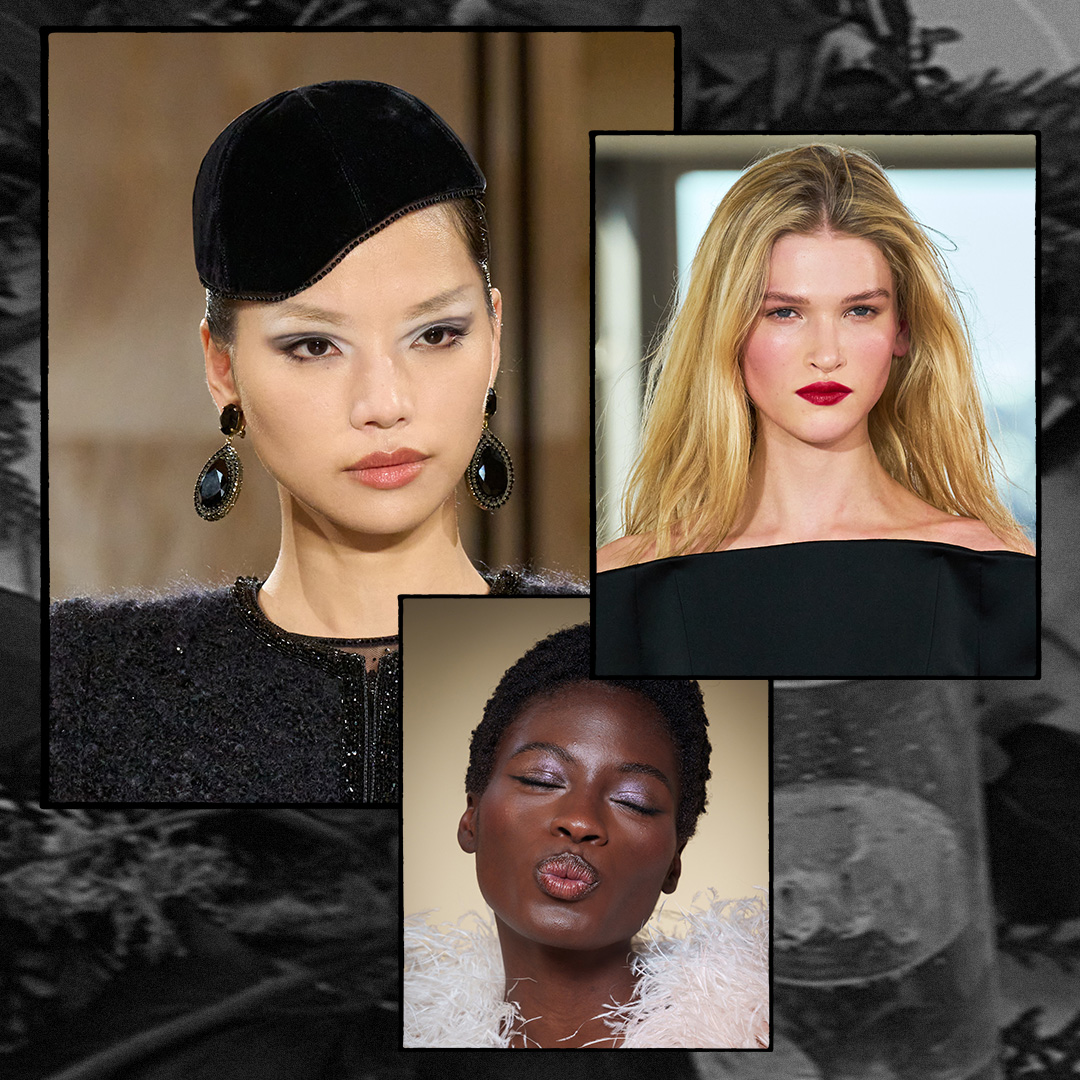 From Wine-Stained Lips to Tinsel Touches: 10 Holiday Beauty Trends Fashion People Have Been Bookmarking for Months
From Wine-Stained Lips to Tinsel Touches: 10 Holiday Beauty Trends Fashion People Have Been Bookmarking for MonthsIt's the most glamorous time of the year.
-
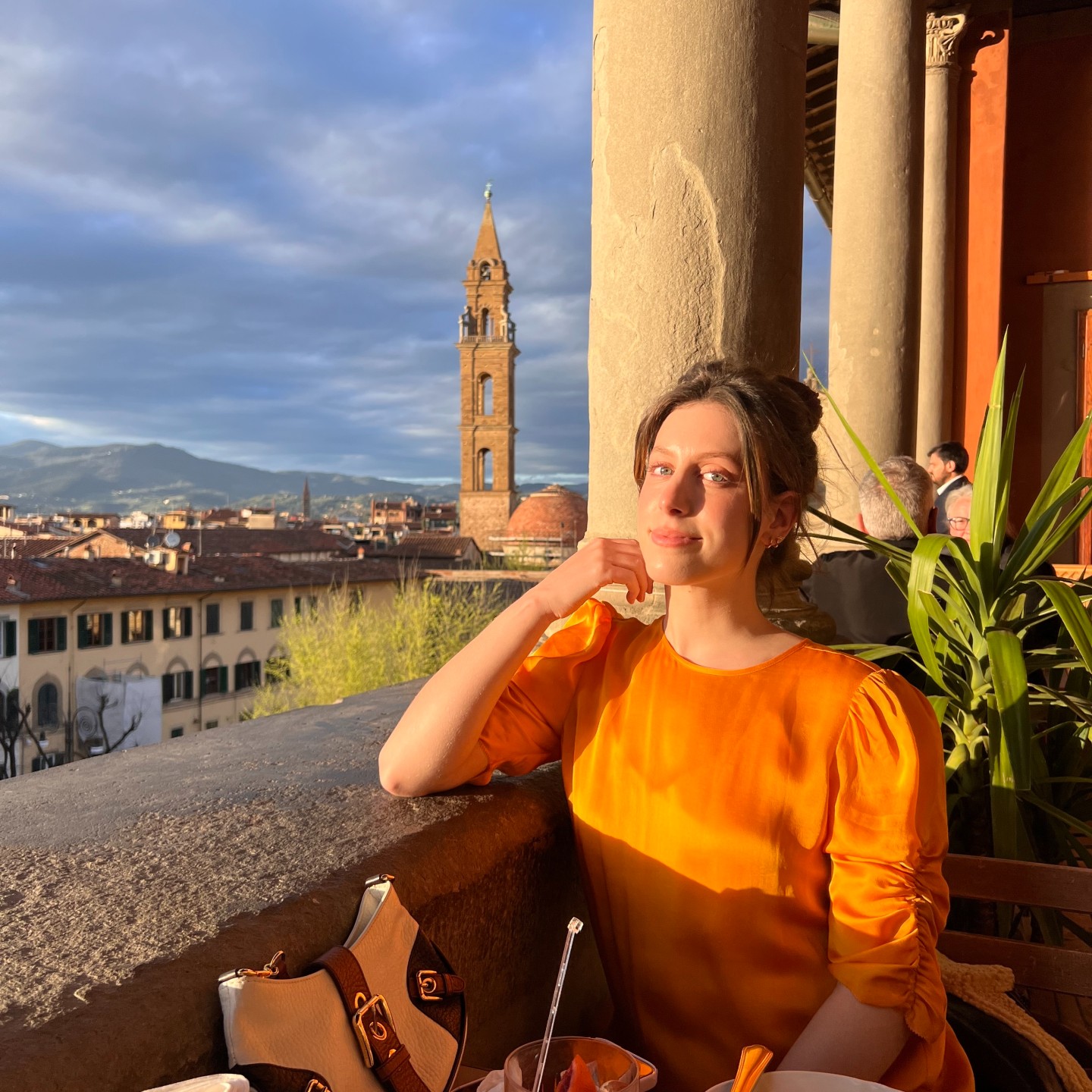 I Thought I Knew What "Lit From Within" Skin Looked Like—Then I Tried This New Silky Foundation
I Thought I Knew What "Lit From Within" Skin Looked Like—Then I Tried This New Silky FoundationLiquid gold.
